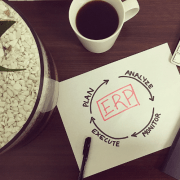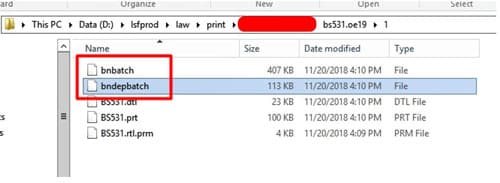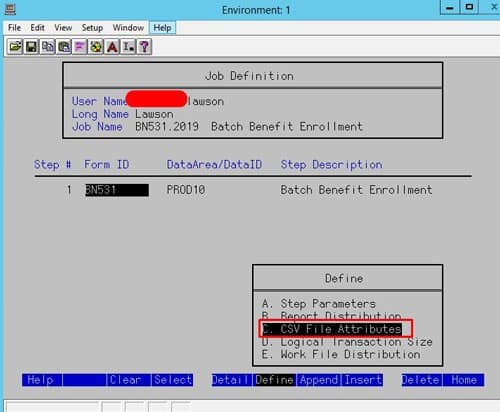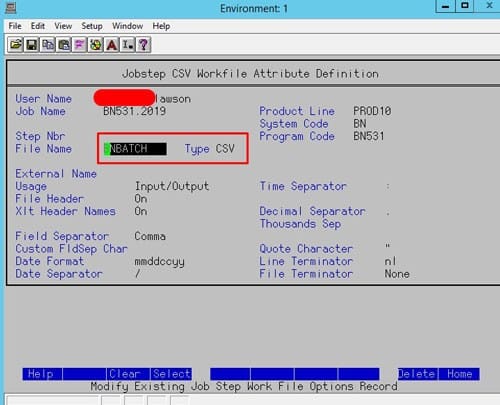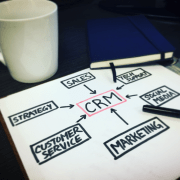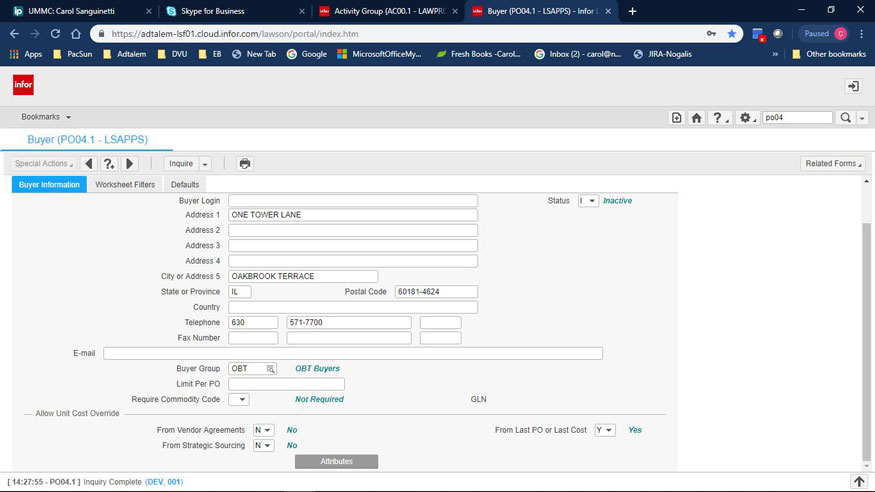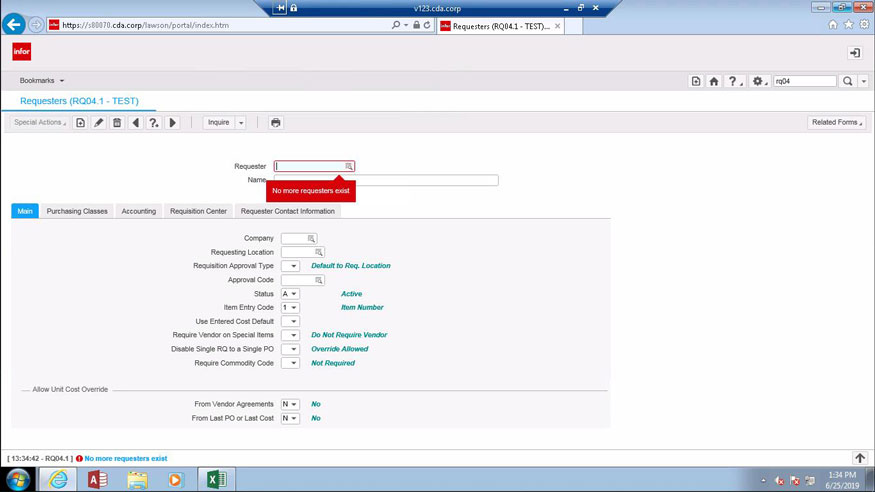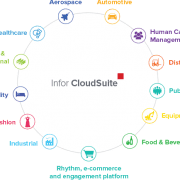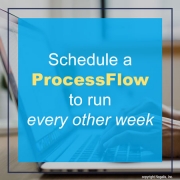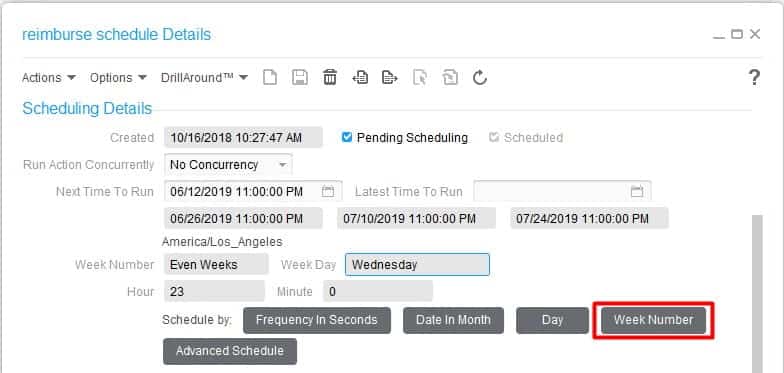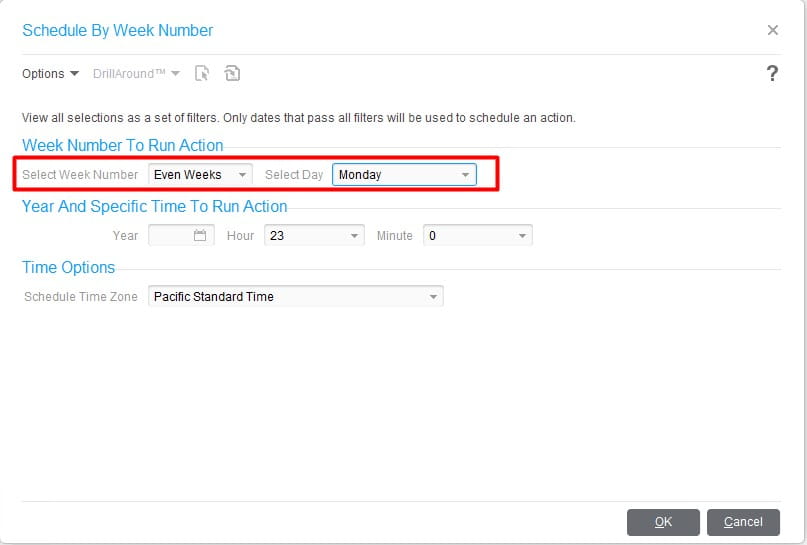Most SMBs (small and medium-sized businesses) have the general perception that Entreprise Resource Planning (ERP) systems are suited for larger enterprises. This perception is due to the high cost of ownership, the complexity of implementation and the continuous maintenance costs. ERPs as of late, however, have made it possible for businesses ofsmaller sizes to benefit from these systems. While ERPs can be beneficial for SMBs, they still come with few obstacles, especially during implementation. Elizabeth Quirk of Solutions Review shares some of the top challenges small businesses face during ERP implementation.
- Customization – Every company is different in its own way, so your ERP system may require some minor adjustments. This can often be a slippery slope, and as you begin to run into more complications, you’ll be tempted to address them with some customization. By over-customizing, you may face costly upgrades, so beware!
- The Users – To prepare employees for the ERP system, you should also address some of the potential problems that may arise when using it, such as lack of understanding, poor adoption, and even selecting the wrong ERP system
- Investment in Internal Hardware – Working with a slow, heavy system can leave you incredibly unproductive. A properly managed ERP with the adequate hardware system has the ability to increase customer satisfaction and improve employee productivity. You should also consider looking into a cloud-hosted ERP system.

